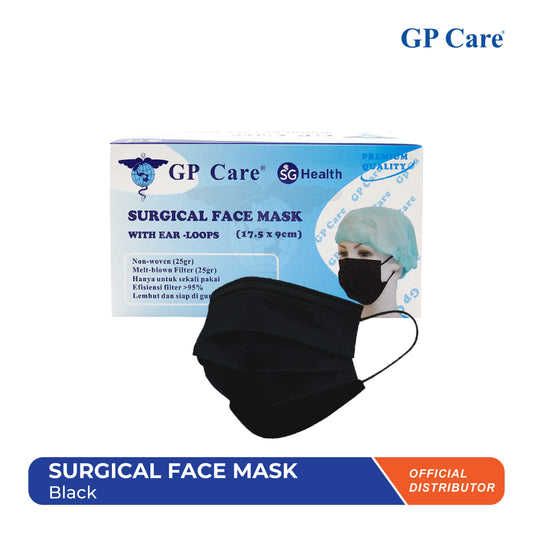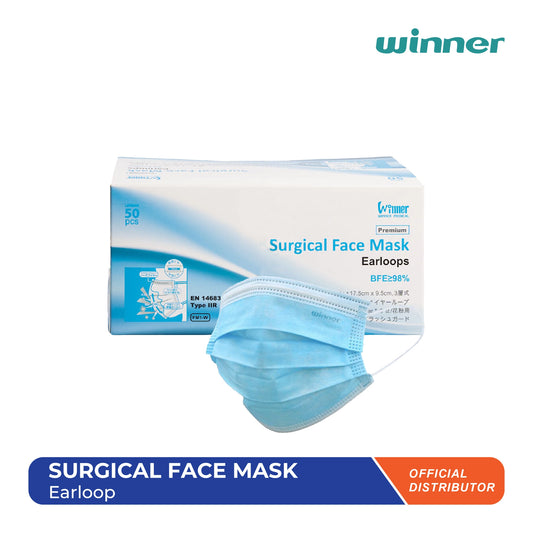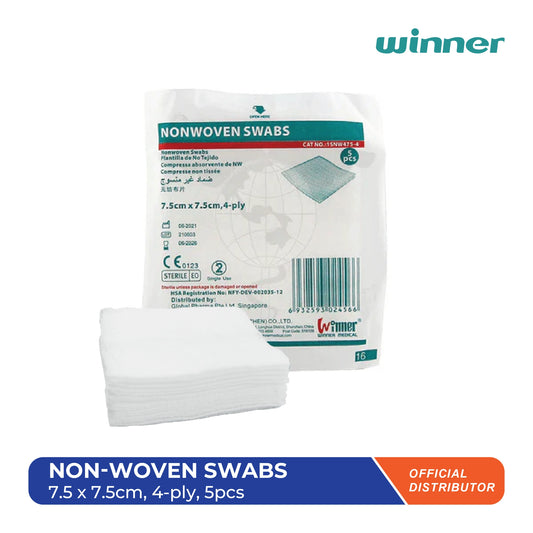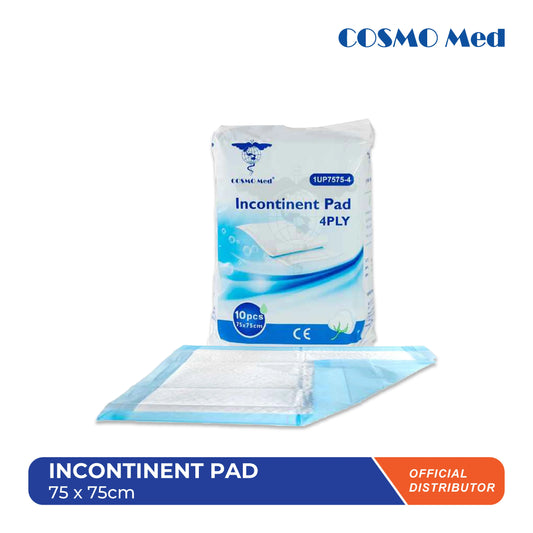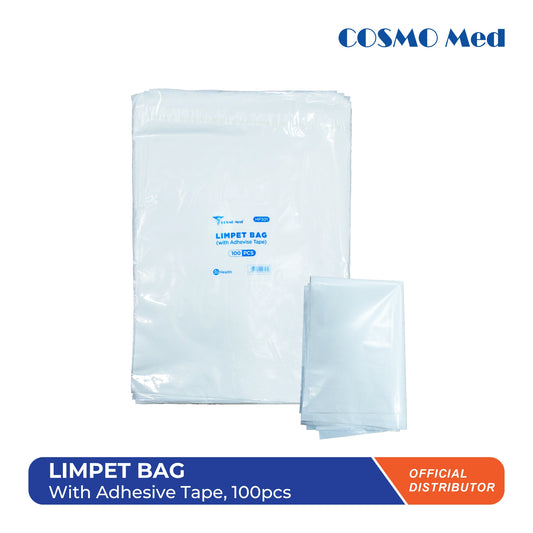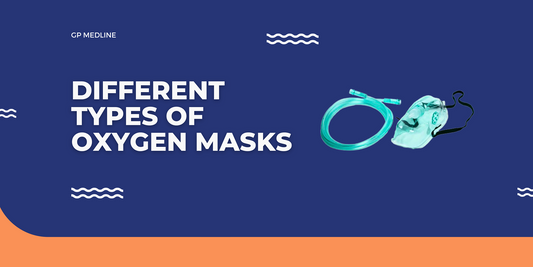In today's world, gloves have become an essential part of many professions and daily activities. Whether you're in healthcare, food service, or working with hazardous materials, the type of glove you choose can make a big difference. Two of the most popular types of gloves are Latex and Nitrile gloves. But what sets them apart? Let's dive into the details and find out.
What Are Latex Gloves?
Definition and Origin
Latex gloves are made from natural rubber latex, which is derived from the sap of rubber trees. They have been around for decades and are known for their excellent elasticity and comfort.
Common Uses
Latex gloves are widely used in the healthcare industry, especially in surgeries and medical examinations. They are also popular in the food service industry and various cleaning applications.
Advantages
One of the biggest advantages of Latex gloves is their superior comfort and fit. They offer high tactile sensitivity, which is crucial for tasks that require precision. Additionally, Latex gloves are biodegradable, making them an environmentally friendly option.
What Are Nitrile Gloves?
Definition and Origin
Nitrile gloves are made from synthetic rubber, specifically acrylonitrile-butadiene. They were developed as an alternative to Latex gloves, particularly for individuals with Latex allergies.
Common Uses
Nitrile gloves are commonly used in the medical field, laboratories, and industries involving chemicals, oils, and other hazardous materials. They are also gaining popularity in the automotive and manufacturing sectors.
Advantages
Nitrile gloves are known for their superior chemical resistance and durability. They are less likely to cause allergic reactions, making them a safer choice for many people. Moreover, they have a longer shelf life compared to Latex gloves.
Material Composition
Latex: Natural Rubber
Latex gloves are made from natural rubber latex, which provides excellent flexibility and strength. The natural properties of rubber allow for a snug fit and high dexterity.
Nitrile: Synthetic Rubber
Nitrile gloves, on the other hand, are made from synthetic rubber. This material is designed to mimic the properties of natural rubber while offering additional benefits, such as increased resistance to punctures and chemicals.
Durability and Strength
Comparison of Tensile Strength
When it comes to tensile strength, Latex gloves are highly elastic and can stretch considerably without breaking. However, Nitrile gloves offer greater puncture resistance, making them more durable in challenging environments.
Resistance to Punctures
Nitrile gloves are generally more resistant to punctures and tears than Latex gloves. This makes them ideal for situations where gloves are at risk of being damaged by sharp objects.
Chemical Resistance
Latex Resistance Profile
Latex gloves provide good protection against many chemicals but are not suitable for use with oils, solvents, and some chemicals that can degrade the natural rubber.
Nitrile Resistance Profile
Nitrile gloves offer excellent resistance to a wide range of chemicals, including oils, greases, and various solvents. This makes them a preferred choice for industrial and laboratory settings.
Flexibility and Comfort
Flexibility of Latex Gloves
Latex gloves are highly flexible and provide a snug fit, which enhances dexterity and tactile sensitivity. This makes them ideal for tasks that require precision and a high degree of hand movement.
Comfort Level of Nitrile Gloves
While Nitrile gloves may not be as stretchy as Latex gloves, they still offer a good level of comfort. Modern Nitrile gloves are designed to mimic the fit and feel of Latex gloves, providing a comfortable experience for the user.
Cost Comparison
Price Differences Between Latex and Nitrile Gloves
Latex gloves are generally cheaper than Nitrile gloves. The cost of Nitrile gloves tends to be higher due to the synthetic materials used and their advanced protective features.
Factors Influencing Cost
The cost of gloves can be influenced by various factors, including material availability, manufacturing processes, and the level of protection required. Bulk purchasing and specific industry requirements can also affect pricing.
Usage in Different Industries
Healthcare
In the healthcare industry, both Latex and Nitrile gloves are used extensively. Latex gloves are preferred for their comfort and tactile sensitivity, while Nitrile gloves are chosen for their superior chemical resistance and reduced allergy risk.
Food Industry
In the food industry, Nitrile gloves are often favored due to their durability and chemical resistance. Latex gloves can also be used, but the potential for allergies makes Nitrile gloves a safer choice for food handlers.
Industrial Applications
For industrial applications, Nitrile gloves are the go-to option because of their robustness and resistance to oils, chemicals, and abrasions. Latex gloves are less commonly used in these settings due to their susceptibility to damage from harsh substances.
Ease of Use
Donning and Doffing Experience
Latex gloves are typically easier to put on and take off due to their elasticity. Nitrile gloves can be slightly more difficult to don and doff, but advancements in glove design have improved this aspect significantly.
Powdered vs. Powder-Free Options
Both Latex and Nitrile gloves are available in powdered and powder-free varieties. Powdered gloves are easier to put on, but the powder can cause skin irritation and other issues. Powder-free gloves are more popular in medical and food industries to avoid these problems.
Color Variations
Typical Colors of Latex Gloves
Latex gloves are usually available in shades of white or cream. However, they can also be found in various colors for specific uses or preferences.
Typical Colors of Nitrile Gloves
Nitrile gloves come in a wider range of colors, including blue, black, purple, and more. The color can sometimes indicate the glove’s intended use or level of protection.
Shelf Life and Storage
Storage Requirements for Latex Gloves
Latex gloves need to be stored in a cool, dry place away from direct sunlight and fluorescent light to prevent degradation. They have a shorter shelf life compared to Nitrile gloves.
Shelf Life of Nitrile Gloves
Nitrile gloves have a longer shelf life and are less sensitive to storage conditions. They are more resistant to changes in temperature and light, making them more durable over time.
Product Examples
Cosmo Med's Latex PF Exam Glove
These Latex gloves (PF) are medical grade and the perfect option for all medical needs, including surgical, dental, medical offices, and first aid kits. They are designed to minimize the risk of irritation and potential contamination.
Powder-free latex gloves give you the perfect combination of a comfortable fit with a good wet and dry grip. Latex has high elasticity and micro-texture. The lack of powder also means you don’t have to worry about residue. Powered Free, Ambidextrous, good touch sensitivity & comfortable
Cosmo Med's Nitrile Exam Glove
This high-quality Nitrile gloves prioritizes durability, strength, and comfort. Its robust construction withstands chemicals and protect wearers against microbes, ideal for medical exams, lab work, and food prepraration. The thin material provides elasticity, sensitivity, and a snug fit making it feel like a second skin. This glove meets both European and American safety standards.
Manufactured in the highest required quality of AQL 1.5 Acceptable Quality Level (AQL), it ensures reliability across applications. Powered Free, Latex free, ambidextrous. Suitable for both medical and non-medical environments.
Conclusion
In summary, both Latex and Nitrile gloves have their unique advantages and are suited for different applications. Latex gloves offer superior comfort and flexibility but can cause allergic reactions in some people. Nitrile gloves provide better chemical resistance and durability, making them a preferred choice for many industrial and medical applications. Your choice between Latex and Nitrile gloves will depend on your specific needs, including potential allergy concerns, the level of chemical exposure, and the required durability.





